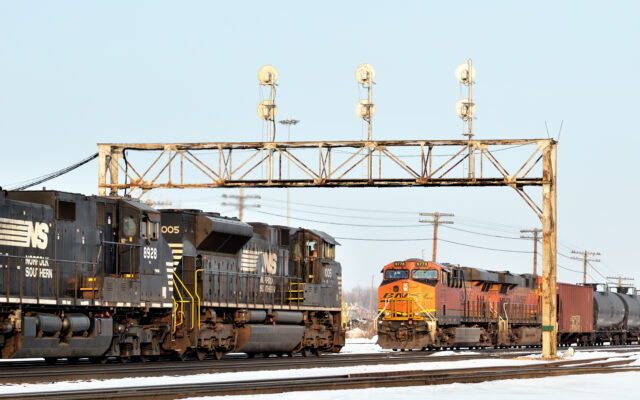Railroad Strike Threat Back On The Horizon

Just as reduced barge capacity on America’s major rivers because of low water levels is causing another bottleneck for grain exports, the lingering threat of a railroad strike is adding even more stress. The threat rematerialized earlier this month after a branch of the Teamsters rejected a deal brokered by the White House, setting a new deadline of mid-November before hitting the picket lines. Mike Steenhoek of the Soy Transportation Coalition says the last thing farmers need right now is more uncertainty.
Steenhoek commended railroad employees for shouldering additional weight during the past two years and called on all sides to come to an agreement that benefits all. Unions preparing for action say they won’t strike until after Congress reconvenes for its lame duck session following the midterm election. Steenhoek suggests lawmakers commit to a course of action before then.
The labor deal proposed in September would have provided a 24-percent pay raise over the next two years as well as paid time off for medical care. All 12 unions representing more than 115,000 railroad workers need to ratify the deal for it to go into effect. In a statement after the deal’s rejection, union leader Tony Cardwell said the deal didn’t provide enough sick leave and claimed railroad management, “holds no regard for [workers’] quality of life.”






